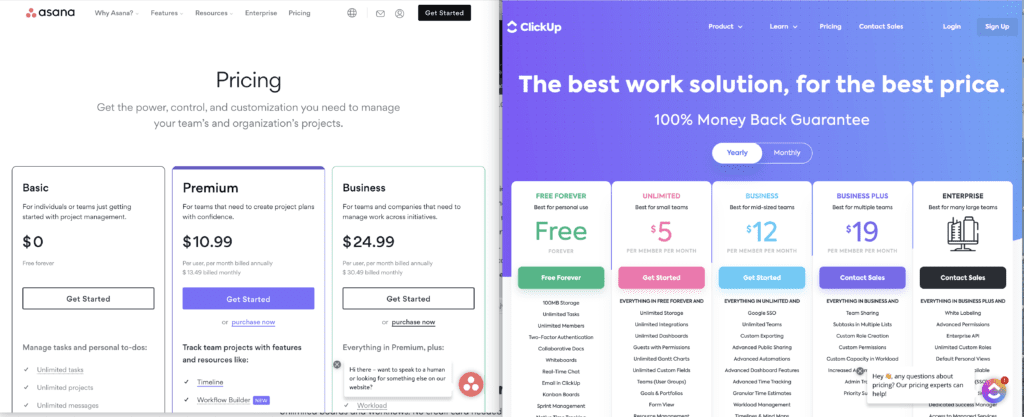Q: If I produce a better product than my competitors, but charge a little more, how would I go about selling it (to new customers and my competitors customers)?
“Anchoring High” is an extremely effective marketing strategy — when done right. But you have to do it right.

Customers are:
- Willing to pay a little more for the most trusted brand (the classic discount for a “generic” supermarket brand is around 30%, for example); and
- Willing to pay significantly more for the most enterprise vendor.
You probably aren’t the most trusted brand in your space — yet. Once you are, you can likely slowly raise prices on the order of 10%-30%. Maybe even every year. Salesforce, Zendesk, Intercom and many other leaders have. And if you have a trusted brand, customers will want to buy more products from you, too. This will help you drive up total deal size.
Beyond that, enterprise prospects are also looking to see which vendor is “the most enterprise”, especially in a new space with a handful of vendors. Enterprise vendors often charge more — and provide a much more robust, and nominally secure and hardened, solution to justify it. If that’s you, it can help to charge the most vs. your competitors. The most basic example in the early days is often SOC-2 compliance. If you have that, and your competitor doesn’t, you can often charge more for it and win the “more enterprise” deals. Same with most other types of compliance.
But if you aren’t the most enterprise, nor the #1 brand, charging the most sends a very confusing signal to prospects.
(note: an updated SaaStr Classic answer)

